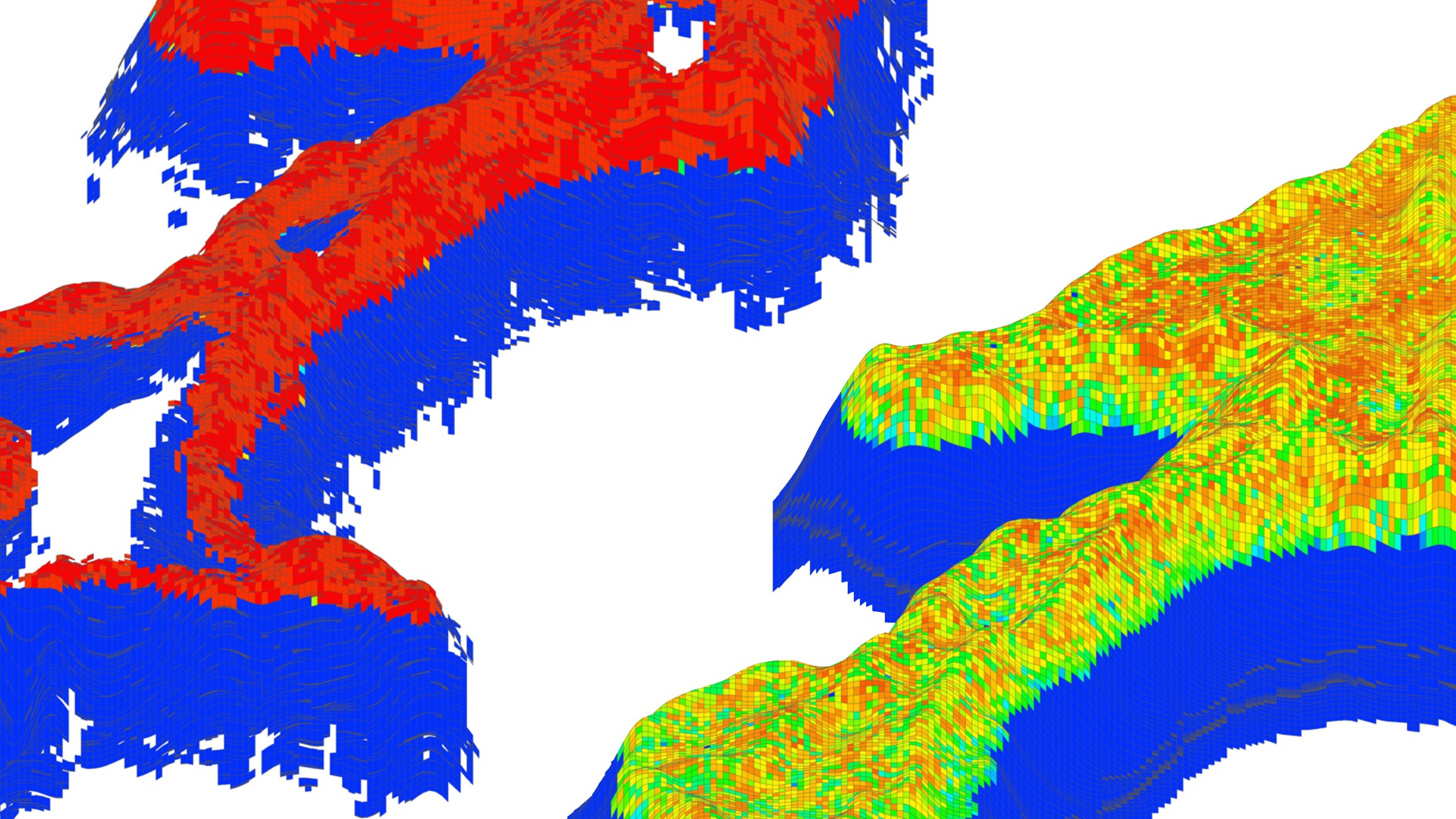Zucchini : ECHELON Scales To Multiple GPUs To Further Accelerate Simulations
Learn more about ECHELON's scalability test for this giant field model in the Middle East.

Learn more about ECHELON's scalability test for this giant field model in the Middle East.





Deep dive into our software product and its efficacy.

Evaluating the productivity enhancements of Fishbones in fractured carbonate reservoirs using high-performance cloud-based reservoir simulation.
View case study →
Workflow to manage the operational challenges in an unconventional field development requires full field simulation.
View case study →
ECHELON software tackles an extremely difficult compositional model. A demonstration of the robustness of ECHELON software.
View case study →